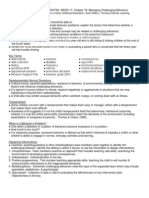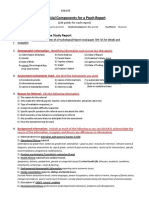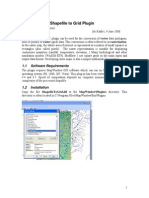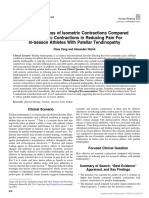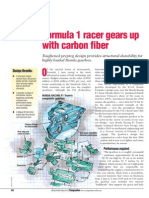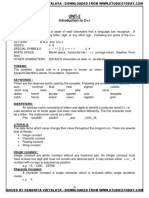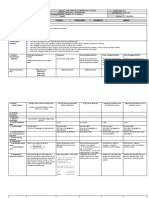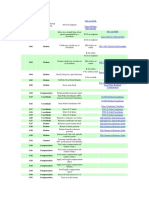0% found this document useful (0 votes)
8 views12 pagesChild Case Report Format
The document outlines a case study of a client referred for diagnostic assessment and management of problematic behavior, ultimately diagnosed with Autism Spectrum Disorder. It includes detailed bio data, presenting complaints, family history, and various assessments including informal and formal evaluations. The document concludes with a management plan, therapeutic interventions, and pre- and post-subjective ratings of symptoms to track progress.
Uploaded by
Aiman IqbalCopyright
© © All Rights Reserved
We take content rights seriously. If you suspect this is your content, claim it here.
Available Formats
Download as DOCX, PDF, TXT or read online on Scribd
0% found this document useful (0 votes)
8 views12 pagesChild Case Report Format
The document outlines a case study of a client referred for diagnostic assessment and management of problematic behavior, ultimately diagnosed with Autism Spectrum Disorder. It includes detailed bio data, presenting complaints, family history, and various assessments including informal and formal evaluations. The document concludes with a management plan, therapeutic interventions, and pre- and post-subjective ratings of symptoms to track progress.
Uploaded by
Aiman IqbalCopyright
© © All Rights Reserved
We take content rights seriously. If you suspect this is your content, claim it here.
Available Formats
Download as DOCX, PDF, TXT or read online on Scribd
/ 12

















